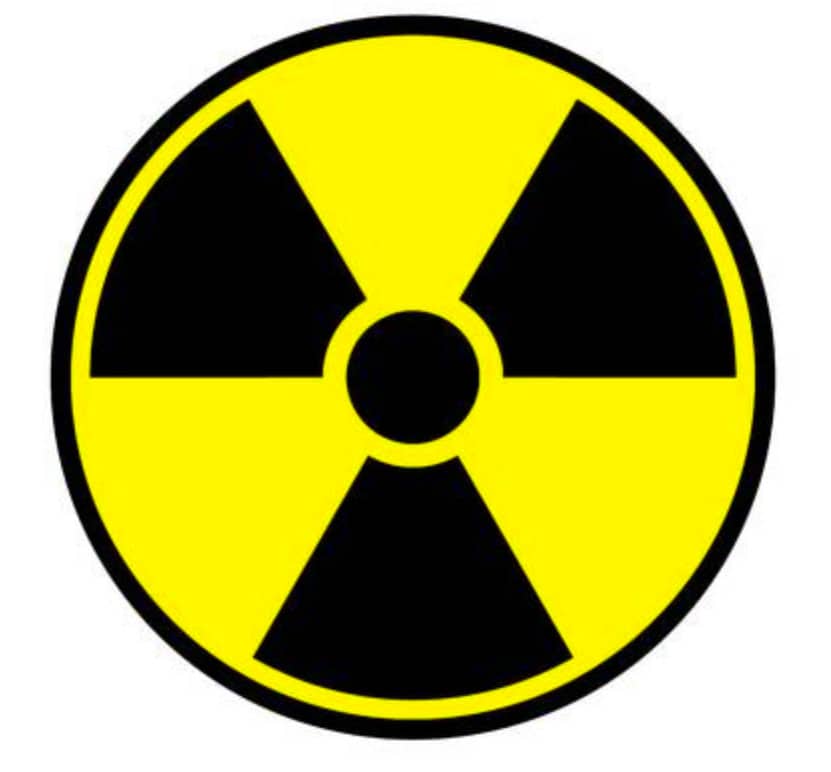Hazmats: Why should I care?
by Charlie Ayers

Trivia question: what do R-134a, Lithium Ion batteries, air bag modules, and used fuel system components all have in common? Aside from the fact that these are all in-use in today’s vehicles, they are all also classified as Hazardous Materials (i.e. hazmats) by the U.S. Department of Transportation (DOT). The same holds true for these products in Canada, where the governing body (Transport Canada) has similar designations for what they call ‘Dangerous Goods’ (i.e. hazmats).
Title 49, Code of Federal Regulations, Subchapter C (49 CFR) strictly regulates the transportation of hazardous materials. DOT requires individuals to receive initial (i.e. within 90 days of starting on the job) and recurring (i.e. at least once every three [3] years) training if they:
• Load, unload, or handle hazardous materials (such as those located in shipping and receiving)
• Prepare hazardous materials for transportation
• Are responsible for hazardous materials transportation safety, or
• Operate a vehicle used to transport hazardous materials (such as a parts driver)
Most, if not all, of the Original Equipment Manufacturers (OEMs) have published various Service Bulletins and communications* addressing this very subject. Why? Because today’s modern vehicles have many more hazmat components than they used to have (and the trend is to expect even more in the years to come). That, in addition to the ongoing Takata airbag recall efforts, have those of us in the vehicle service industry more aware of hazmat-handling best-practices than ever before. (Read more)

Leave a Reply